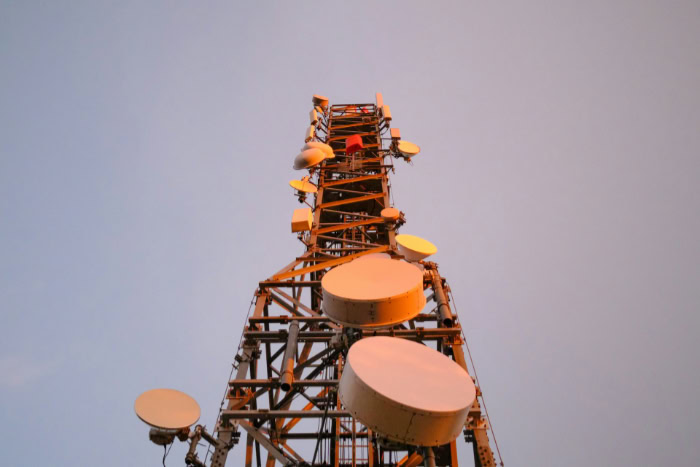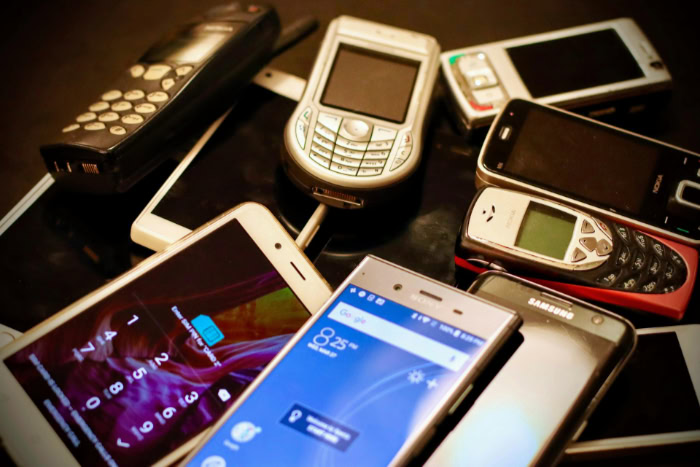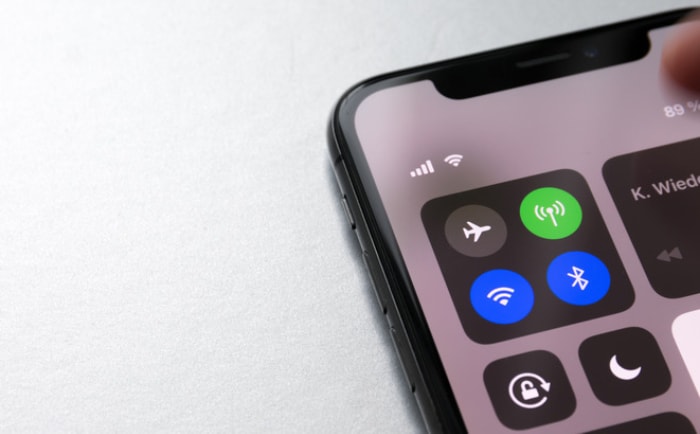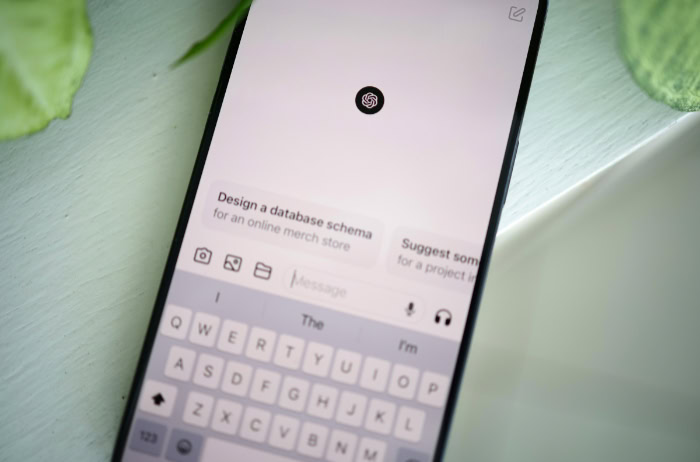GSM vs. CDMA: What Makes Each Network Unique

Choosing a mobile network used to mean picking sides between GSM and CDMA, each with its own quirks and advantages. These two technologies shaped how millions connected across continents, influenced phone designs, and even determined which carriers supported your device.
Although today’s 4G and 5G standards have blurred much of the line between them, the legacy of GSM and CDMA still affects global compatibility, device flexibility, and network coverage.
Core Technical Differences
GSM and CDMA represent two distinct approaches to building cellular networks, each rooted in different technical philosophies. These differences shaped how networks were built, how devices connected, and the choices available to users.
To appreciate their impact, it helps to look at the unique ways they manage network traffic and how devices are identified within each system.
Network Architecture
GSM relies on a blend of Time Division Multiple Access (TDMA) and Frequency Division Multiple Access (FDMA) techniques to organize network traffic. With GSM, each user is assigned a specific frequency and a dedicated time slot for communication.
This means that your call or data session occupies a predictable slice of the available network at regular intervals, making traffic management relatively straightforward for network operators.
CDMA, on the other hand, uses a spread spectrum approach. Rather than assigning set time slots or frequencies, CDMA grants each user a unique code.
All users share the same frequency band at the same time, but their signals are separated by these codes. This method allows for more efficient use of available bandwidth, with the ability to support more users in the same spectrum compared to GSM.
Interference is minimized because each code is distinct, which also adds a layer of privacy for transmissions.
Channel allocation methods differ significantly. GSM’s reliance on time slots means that network capacity is strictly divided and managed, which can limit the maximum number of simultaneous users in a given area.
CDMA’s use of unique codes enables more flexible and dynamic allocation, often leading to better performance during network congestion.
Device Identification
Device authentication and identification methods further separate GSM and CDMA. GSM phones use a Subscriber Identity Module, or SIM card.
This small removable chip stores subscriber information, making it easy for users to switch devices or carriers simply by moving the SIM card. The SIM card holds your phone number and other authentication details, so the phone itself becomes less important than the card.
CDMA, in contrast, attaches user identity to the device through an Electronic Serial Number (ESN) or a similar identifier. The subscriber’s details are programmed directly into the handset, which means your number and account are linked to a particular phone rather than a removable card.
As a result, switching phones or carriers is more complex and often requires carrier approval or reprogramming.
The use of SIM cards in GSM networks greatly enhances portability and flexibility. Travelers or those who frequently upgrade phones benefit from being able to quickly insert their SIM into another GSM-compatible device.
CDMA users, facing ESN-based identification, often find themselves locked into a single device or stuck with carrier-specific models, limiting their ability to switch networks or reuse devices without additional steps.
User Experience Implications

Technical innovations behind GSM and CDMA shaped the daily experience of mobile users worldwide. From the ability to use a phone abroad to the simple act of swapping devices, these systems brought about noticeable differences that affected how people interacted with their phones.
Global Compatibility
GSM quickly established itself as the world’s most widely adopted cellular standard, spreading throughout Europe, Asia, Africa, and much of Latin America. Its widespread use made international roaming easy for travelers, who could simply insert a local SIM card into their device and continue using mobile services abroad.
International phone manufacturers prioritized GSM, ensuring that GSM-compatible phones would work in dozens of countries with minimal hassle.
CDMA, on the other hand, found its strongest foothold in the United States, parts of Canada, and scattered regions in Asia. Many countries never implemented CDMA networks, or did so only on a limited scale, which meant travelers with CDMA phones often faced difficulties obtaining service outside their home region.
As a result, those needing global connectivity gravitated toward GSM technology for its unmatched coverage and interoperability.
Device Flexibility
Switching devices or carriers was a breeze for GSM users, thanks to the removable SIM card. Simply transferring the SIM into a new, compatible phone allowed users to retain their contacts, phone number, and service without involving the carrier.
This flexibility supported a thriving market for unlocked phones and gave users freedom to upgrade or replace devices as they liked.
CDMA users encountered more restrictions. Device identity tied to the handset itself meant carrier approval was often needed for switching phones.
Most CDMA devices were carrier-locked, making it difficult to use the same device with another provider. For those who valued the ease of buying a new phone and starting it up immediately, GSM’s SIM-based system stood out as far more user-friendly.
Call and Data Handling
For many years, GSM offered a smoother experience when it came to handling voice calls and mobile data simultaneously. The technology allowed users to browse the web or use apps requiring internet access without interrupting a phone call, a convenience that became more important as smartphones grew in popularity.
CDMA, in its earlier iterations, often forced a compromise. Phones would typically suspend data connections during calls, preventing multitasking unless a Wi-Fi connection was available.
For those relying on constant connectivity, GSM’s ability to juggle voice and data at the same time made a noticeable difference.
Performance and Security

Performance and security directly influence how reliably and safely users can communicate, which often shapes satisfaction with a mobile network. GSM and CDMA took distinctly different approaches in data transmission and security protocols.
Data Speeds
Data speed has always been a major factor for users wanting seamless browsing, streaming, or app use on the go. When 2G and 3G networks dominated, CDMA held a significant advantage with its Evolution-Data Optimized (EVDO) standard.
EVDO supported peak download speeds up to 2 Mbps, which allowed for smoother access to websites, email attachments, and basic streaming. In comparison, GSM’s Equivalent, Enhanced Data rates for GSM Evolution (EDGE), offered maximum speeds of about 384 Kbps.
While EDGE marked a leap from standard GSM data rates, it simply couldn’t keep up with EVDO during its prime years. The difference in speed meant that CDMA users often experienced faster downloads and more responsive mobile internet, especially before the rollout of widespread 4G networks.
Security Protocols
GSM and CDMA networks approached security from different angles. CDMA incorporated built-in encryption at the network level, scrambling each call’s or message’s data as it traveled between user and tower.
Only devices and networks knowing the proper codes could decipher these communications, making eavesdropping significantly more difficult.
GSM took a different route by relying on the SIM card for authentication and security. The SIM stored unique authentication keys that prevented unauthorized access to a user’s network profile and phone number.
Calls and messages on GSM were also encrypted, though early versions used weaker algorithms that were later improved. While both technologies provided safeguards against interception and fraud, the details of their approaches fueled ongoing debates among security specialists about which was more robust.
Carrier Networks and Adoption

Mobile network technology never stands still, and the story of GSM and CDMA is also the story of how carriers brought these standards to millions of people. Carrier choices determined which devices customers could use and influenced how easily new technologies spread.
Although both systems played massive roles in making mobile access mainstream, they ultimately followed different paths as the industry moved toward newer generations of wireless communication.
Major Carriers
For many years in the United States, carrier identity and network technology went hand in hand. AT&T and T-Mobile committed to GSM as their network foundation.
Their GSM-based infrastructure meant that their customers enjoyed the benefits of SIM-based device flexibility, easy international roaming, and a broad assortment of global phone models. GSM’s popularity worldwide encouraged manufacturers to tailor their best devices for AT&T and T-Mobile customers.
Verizon and Sprint, meanwhile, built their reputations on CDMA networks. Their focus on CDMA meant that subscribers often used devices designed specifically for those networks, with handset models from certain manufacturers being exclusive or tailored just to them.
While CDMA supported solid coverage and reliable performance, it made switching phones or traveling abroad more challenging for users.
Outside the United States, most of the world’s major carriers adopted GSM. This global sway reinforced GSM’s position as the preferred technology for international travelers and fueled its dominance for much of mobile history.
Network Sunsetting
Technology’s rapid advance eventually led carriers to re-evaluate which networks to support. As mobile data appetite grew and 4G LTE arrived, carriers looked beyond the limitations of both GSM and CDMA.
LTE’s design, which borrows elements from both camps and standardizes technology worldwide, allowed for smoother roaming and a wider device selection.
Verizon and Sprint began phasing out their CDMA networks, with Verizon officially shutting down its CDMA service in 2022. That decision signaled the end of the line for many legacy CDMA devices, pushing customers to upgrade to LTE or newer technology for continued service.
GSM networks also faced retirements, but their legacy lingered as GSM formed the foundation of early LTE rollouts, since LTE evolved more directly from the GSM family of standards. Carriers such as AT&T and T-Mobile gradually repurposed GSM spectrum to support faster, more efficient data technologies.
Historical Context and Evolution

The rivalry between GSM and CDMA was never just about technical standards. Each technology emerged from very different origins, reflecting the priorities and innovations of their respective birthplaces.
Over time, as global mobile needs grew and technology advanced, those early differences gradually faded, giving way to unified approaches that underpin the seamless connectivity modern users enjoy.
Origins
GSM was born out of a continent-wide movement in Europe during the 1980s to standardize mobile communication. European nations, seeking to foster free movement and cooperation, collaborated on a single system that would allow citizens to use their phones across borders without compatibility issues.
The result was the Global System for Mobile Communications, or GSM, which quickly became the blueprint for wireless networks in most regions outside North America. Its design emphasized interoperability, global roaming, and flexibility, which paved the way for its rapid worldwide adoption.
CDMA, in contrast, grew from research and development led primarily in the United States, fueled by innovations in wireless communication and a need for more efficient use of the crowded radio spectrum. The technology, based on Code Division Multiple Access principles, found early champions in American carriers and some Asian markets.
CDMA prioritized capacity, security, and signal clarity, making it attractive for competitive service providers operating in bustling metropolitan regions.
Convergence with Modern Standards
With the arrival of 4G LTE and 5G networks, the old GSM vs. CDMA debate lost much of its practical significance. LTE, now the foundation of global mobile broadband, built upon the technical strengths of both systems while discarding many limitations.
LTE uses SIM cards for subscriber identity, much like GSM, yet its radio technology borrows concepts from both GSM and CDMA, offering high speeds, low latency, and better efficiency.
5G has carried this trend further, focusing on unifying standards so that devices can connect anywhere without concern for old network divisions. Modern smartphones now support an array of frequency bands and protocols, making them truly global devices.
For most users, the origin of their carrier’s old network technology no longer affects their choice of phone or service, as compatibility and interoperability are now built into the cellular world’s foundation.
Looking back helps explain why GSM and CDMA mattered so much to early mobile users, but today's wireless experience is defined by the unity that followed years of competition and innovation.
Conclusion
GSM and CDMA once stood as two competing visions for mobile connectivity, influencing everything from network coverage to the way people switched phones and traveled internationally. GSM’s global reach and SIM-based flexibility contrasted sharply with CDMA’s device-centric approach and regional focus.
Differences in data speeds, security protocols, and radiation patterns shaped user experience during their peak years, while major carriers built their reputations around one technology or the other.
Today, the practical impact of these differences has faded for most users. The rise of LTE and 5G standards unified the industry, adopting the best elements of both older systems and providing seamless global compatibility, faster data, and greater device freedom.
Still, those who rely on older handsets or live in areas with legacy infrastructure may continue to encounter GSM or CDMA distinctions. For the majority, however, the mobile world now speaks one language, connecting people everywhere regardless of which technology came first.


